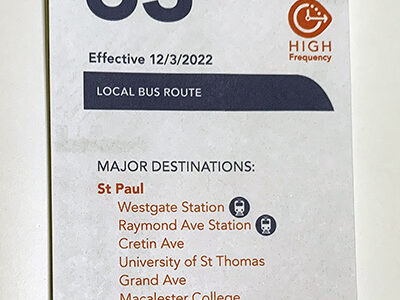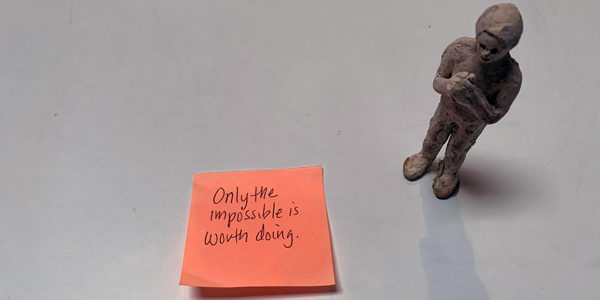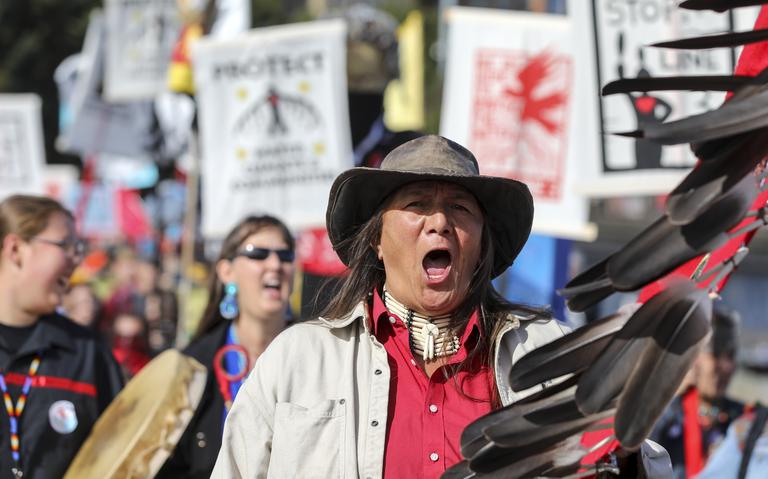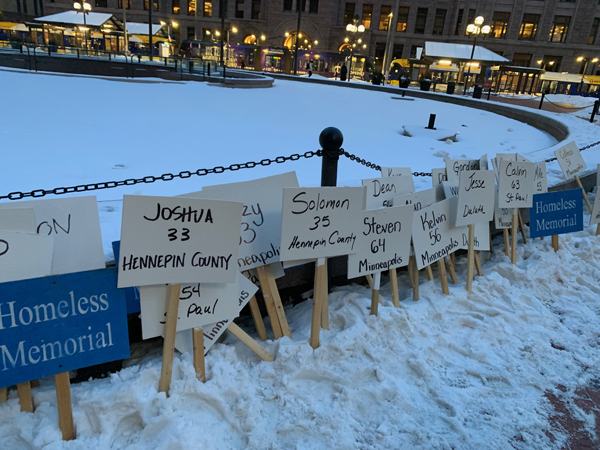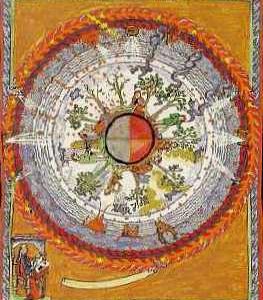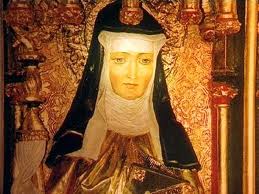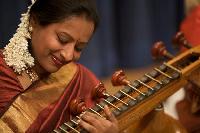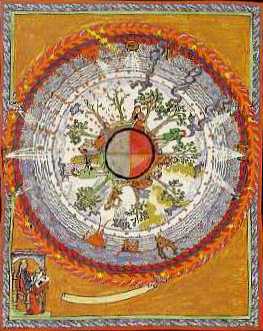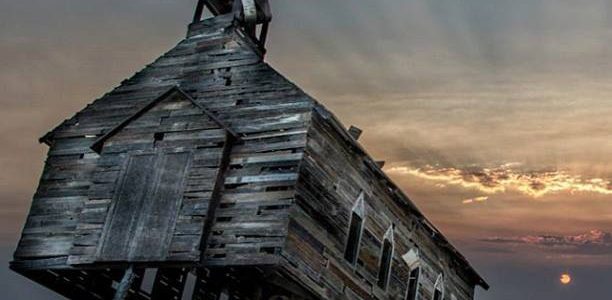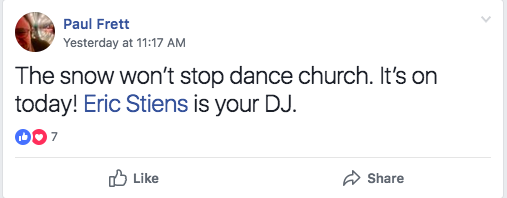As a middle-aged man boards the 63 bus at Alina Health he says to the driver, “I just found out that I don’t have cancer!” The driver congratulates him. “It’s always nice to know that I’ll live longer,” replies the man. He feeds two dollar bills into the fare machine. It’s rush hour. The driver doesn’t charge him the extra 50 cents.
The man shuffles to the handicap seat behind the driver. As he sits, he holds a white envelope in front of him, thumb and fingers at each edge, as if it’s a rare manuscript he does not want to crease or fold. At the top left corner is the Alina Health Cancer Research logo. Otherwise the envelope is blank.
Although a pale yellow mask covers most of the man’s face, I see that his skin is grayish and tough, like a rhino’s. Smoker? It’s March in Minnesota, and the temperature outside is just above freezing yet he’s wearing just a sweater. A nice sweater and, like his olive-colored sweatpants, probably designer clothing, close fitting, not baggy. As the bus lurches over potholes along Grand Avenue, the man holds the envelope in front of him, as if a screen through which he’s watching flashbacks to his past, mistakes made, graces granted. The images fade to white: a tabula rasa, a blank slate, a new beginning. As Mary Oliver asks in one of her poems, what to do with this one precious life?
Rainer Maria Rilke offers this:
So, like children, we begin again
To learn from the things,
Because they are in God’s heart;
They have never left him.
This is what the things can teach us:
To fall,
Patiently to trust our heaviness.
Even a bird has to do that
Before he can fly.
A young man I’ve seen before boards the bus. A teenager, whose large expressive eyes seem to look with wonder at all that transpires before him. He takes a seat across the aisle from me and stares out the window as the bus navigates around poorly parked cars.
Here’s the invitation: in one hand we gently hold a future glowing with possibilities, and in the other we gently hold impermanence, the knowledge that our days our numbered. There is no guarantee of a tomorrow.
Both the cancer-free man and the wide-eyed teenager serve as our teachers today, reminding us of the importance of a beginner’s mind, of seeing life in a new way, breaking free of habitual thoughts and patterns.
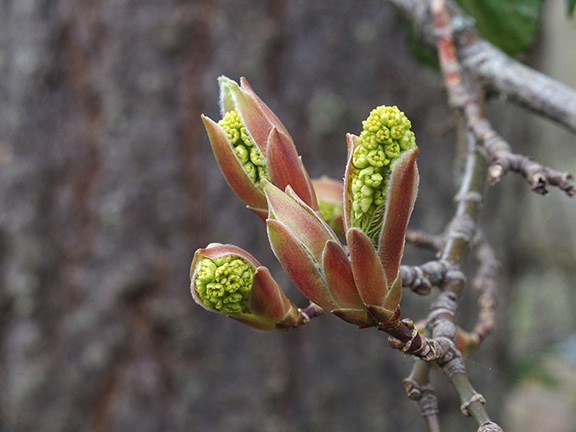
The March 19, 2023 daily meditation from the Center for Action and Contemplation offers this insight from Richard Rohr:
“Notice when Jesus counsels the beginner’s mind. Every time he welcomes little children, it’s when the disciples are discussing topics that to this day lend themselves to heady, ideological discussions. One group can come down as right and the other group can come down as wrong. Basically, Jesus says it’s a waste of time. He’s telling them, ‘You’re not seeking truth; you’re seeking to be in control.’
Jesus says the only people who can recognize and be ready for what he’s talking about are the ones who come with the mind and heart of a child. It’s the same reality as the beginner’s mind. The older we get, the more we’ve been betrayed and hurt and disappointed, the more barriers we put up to the beginner’s mind. We move further away from the immediate delight and curiosity of small children. We must never presume that we see, and we must always be ready to see anew. But it’s so hard to go back, to be vulnerable, and to say to our soul that ‘I don’t know anything.’
Try to say that: ‘I don’t know anything.’ We used to call it tabula rasa in Latin. Maybe we could think of ourselves as an erased blackboard, ready to be written on. By and large, what blocks spiritual teaching is the assumption that we already know, or that we don’t need to know. We have to pray for the grace of beginner’s mind. We need to say with the blind man, ‘I want to see’ (Mark 10:51).
Spirituality is about seeing. It’s not about earning or achieving. It’s about relationship rather than results or requirements. Once we see, the rest follows. We don’t need to push the river, because we’re in it. The life is lived within us, and we learn how to say yes to that life.”
How are you saying yes to life today?
